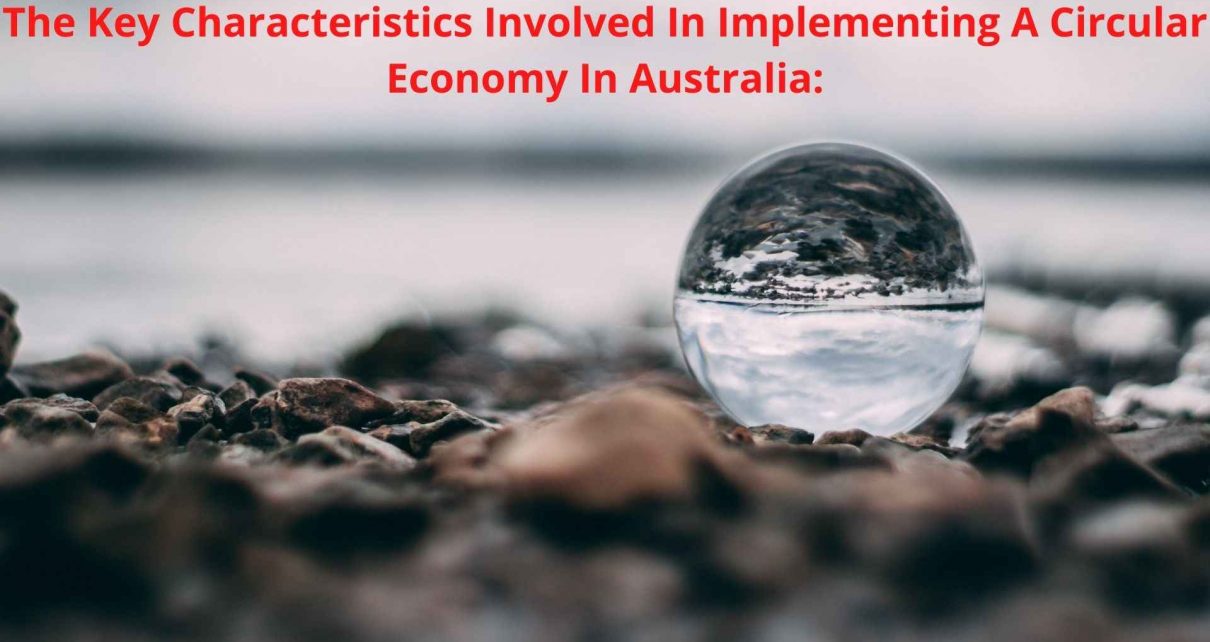As Australia shifts its gears to a more renewable energy economy, it’s high time that manufacturers implemented the idea of circularity. Circular economy or circularity is a type of production system that makes products in a way that adds value through reuse, renting, sharing or upcycling. It does away with the traditional and linear approach of manufacturing and disposal and instead focuses on the concepts of renewing or repairing. This type of circular production was created with the idea of a cleaner environment in mind considering how manufacturers and their products have destroyed the natural environment, wringing it of its resources without focusing on regeneration.
Circular economy caters to the making of sustainable products and is based on materials that make use of renewable sources of power. In the modern world, this means of production also aims to make use of the e-commerce sector and its digital marketing arsenal to the maximum.
The Key Characteristics Involved In Implementing A Circular Economy In Australia:
As the term is gaining recognition far and wide in industries across the world, economists have coined these characteristics that shape a circular economy and define it in a much clearer sense:
- The energy used for production or manufacturing is derived solely from renewable sources of power. In Australia that would mean either solar or wind since they are the dominant renewable energy sources in the country. Any materials that go into the making of energy storage or generation are made with the idea of recovery in mind. The system makes use of maximum energy efficiency without compromising the output or the system performance.
- Upcycling is the most important concept here and it’s what gives products their value even after they are discarded. The cycles of these products are made in such a way that they match the human time scales of use or the other natural cycles to which they connect. Materials that are scarce or less available have lower cycles so that they can be recovered into the system as quickly as possible. To conserve energy, materials are transported within the closest geographical locations. Methods are being implemented by various manufacturers to ensure that customers will always have the freedom of preference or choice.
- The materials are made with the idea of preserving the surrounding culture and society. This is to ensure that the needs of all the stakeholders are met without partiality and any activities that undermine the cohesion or quality of such unique cultures are discarded. Even though they may cost significantly more, keeping the culture alive is more valuable for circularity.
- Aside from human cultures, the surrounding biodiversity is also preserved and habitats are protected. Any human activity that can damage such habitats are discarded and the rarer the habitat, the stronger the regulations will be. For the sake of the preservation of biodiversity, material losses or energetic wastes can be neglected to a certain extent. Any activity that undermines the health of human beings and the wellbeing of the surrounding biodiversity is minimized with the idea of eliminating such activities shortly.
- Any human activity must be carried out in a way that promotes value in society. The goals should be to improve emotionally or ecologically and financial gains should not be the top goal.
- Aside from renewable energy sources or other materials used for manufacture, water is considered unique and must be used sustainably. Being one of the most important resources across the world, preventing wastage, stopping toxic spills into the aquatic ecosystem, maintaining the value of water by minimizing utilization of freshwater and maximizing energy production should be the top priority.

